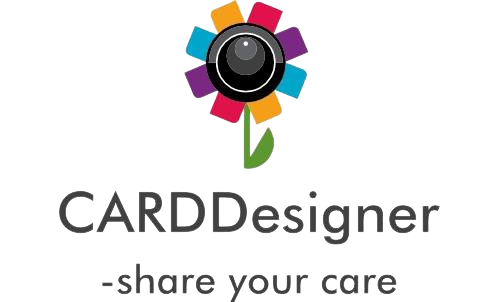Memorial Poster Templates have emerged as a powerful tool for crafting heartfelt and visually stunning tributes to honor the memory of loved ones who have passed away. In this article, we delve into the significance of memorial poster templates, exploring their versatility, customization options, and how they play a crucial role in preserving the legacy of the departed.
The Essence of Memorial Poster Templates
Memorial poster templates are pre-designed layouts that facilitate the creation of beautiful and personalized posters dedicated to a departed loved one. These posters serve as a lasting memorial, allowing families and friends to celebrate the life, achievements, and unique qualities of the deceased in a tangible and visual way.
Creation Of Memorial Templates
Creating a memorial poster template can be a deeply personal and meaningful process. It allows you to pay tribute to a loved one while providing a template that can be used for future memorials or shared with others who may need it. Here’s a step-by-step guide on how to make memorial poster templates:
Select a Software
Choose a design platform that you are comfortable. Carddesigner.ca is the best place to choose templates for funeral programs, which offers user-friendly templates.
Choose a Size
Determine the size of your memorial poster template. Common sizes include 18×24 inches or 24×36 inches, but you can select a size that suits your design vision and purpose.
Select a Theme
Decide on the overall theme and style of the template. Consider the personality and interests of the person being remembered. Themes could be based on hobbies, nature, a favorite color, or a specific design style.
Design Layout
Create a layout that includes sections for key elements, such as a photo of the loved one, their name, dates of birth and passing, a biography or obituary, favorite quotes or verses, and details about the memorial service.
Add Personalization
Ensure that the template is easily customizable. Leave blank spaces or use text and image placeholders for users to insert their own content, like photographs and text. This allows others to personalize the template for their specific needs.
Choose Fonts and Colors
Select appropriate fonts and color schemes that resonate with the theme and convey the right mood. Ensure readability and coherence in the design.
Include Visual Elements
Incorporate visual elements like borders, frames, and backgrounds that enhance the overall aesthetics of the template. These elements can be customized to align with the chosen theme.
Save as a Template
If you’re using software like Microsoft Word or Canva, save your design as a template file. This will allow you or others to easily access and edit the template for future use.
Provide Instructions
Include clear instructions within the template on how to customize it. Offer guidance on replacing images and text, changing fonts and colors, and any other necessary steps.
Test and Share
Before sharing the template, test it to ensure that all elements are editable and the design looks as intended. Once you’re satisfied, share it with those who may find it helpful.































